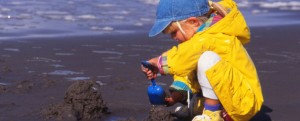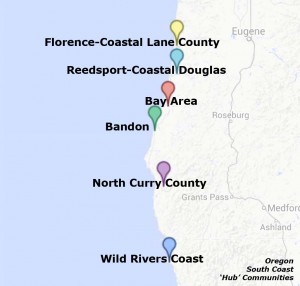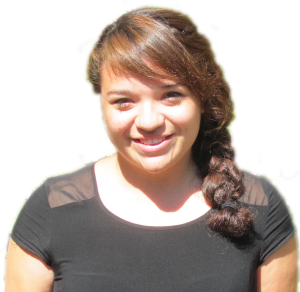 The Oregon Partnership for Disaster Resilience (OPDR) has been working with The Ford Family Foundation on ways to make the Oregon South Coast – Lane, Douglas, Coos and Curry Counties – more resilient in regard to socio-economic systems. But what does that mean, and how are we going about it?
The Oregon Partnership for Disaster Resilience (OPDR) has been working with The Ford Family Foundation on ways to make the Oregon South Coast – Lane, Douglas, Coos and Curry Counties – more resilient in regard to socio-economic systems. But what does that mean, and how are we going about it?
What does “resilience” mean?
Resilience is the ability of something (a person, a system, an object, or a community) to do three things:
- Withstand stress
- Recover from stress
- Apply lessons of the past to respond better to future stress
Because “stress” is so general, it is helpful to be specific about what kind of stress you are planning for. In this case, we are looking specifically at the resilience of social and economic systems to catastrophic disasters. Oregonians expect a 9.0 earthquake and tsunami at some point in the next generation or so, and the Oregon South Coast will suffer the most damage from that event. Resilience to this scenario would also indicate resilience to other, less catastrophic scenarios.
What do you mean by socio-economic resilience?
Social and economic issues are combined because they are two sides of the same thing. We often measure the prosperity of a community – their quality of life – in strictly economic terms. In reality, however, the relationships that people have – individually, through institutions (school, church, clubs, or groups) and as a community – contributes just as much to how satisfied people are and how effective they can be.
Economic resilience requires things like businesses that have plans for how to resume after a disruption, a diverse economy that can support basic needs if imports are disrupted, and access to capital.
Social resilience requires things like assistance for vulnerable populations, systems and patterns of cooperation between groups, and locations where people can gather before, during and after a disaster.
How are we approaching this issue?
Social and economic systems are local in nature. We are coordinating a one-day forum, the Oregon South Coast Local Resilience Forum on Wednesday, October 16, 2013. We will connect experts in the field with small groups of community members from six communities along the coast. The communities are:
- Florence-Coastal Lane County
- Reedsport-Coastal Douglas County
- Bay Area
- Bandon
- North Curry County
- Wild Rivers Coast
These small groups are intended to encourage deeper conversations within and between communities. Each community will have the opportunity to develop goals and strategies, and network with other communities for inspiration and partnerships.
Attendance at the forum is by invitation only, and is free of charge thanks to the generosity of The Ford Family Foundation. If you or someone you know is a part of one of these communities and wants to explore ways to make these communities stronger and more resilient, please contact Julie Havens, Community Service Center, for an invitation. She can be reached by email: jhavens@uoregon.edu or by phone: 541-346-3889.
About the Author: Sarah Allison is a project manager for the CommunityPlanning Workshop. She is a second year concurrent Community and Regional Planning, and Oregon Leadership in Sustainability graduate student.

